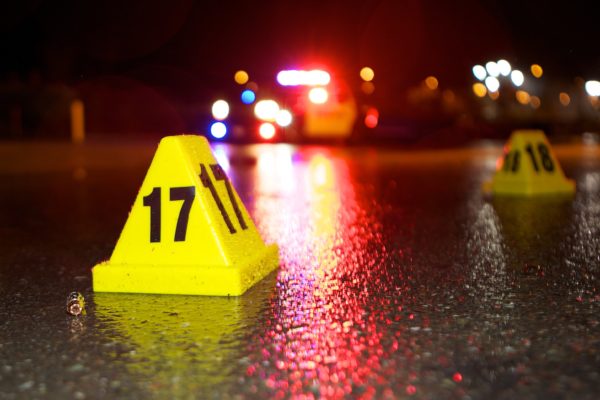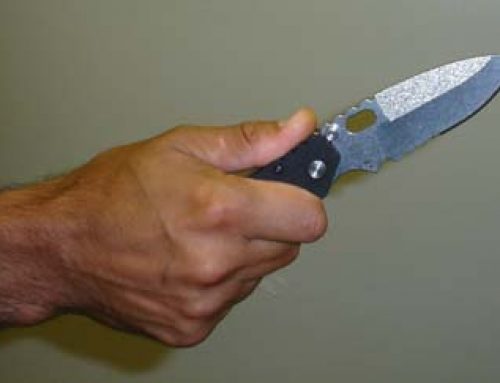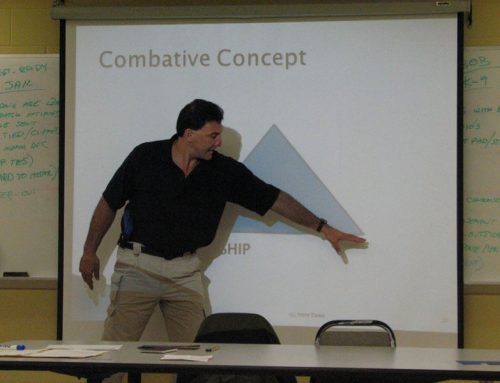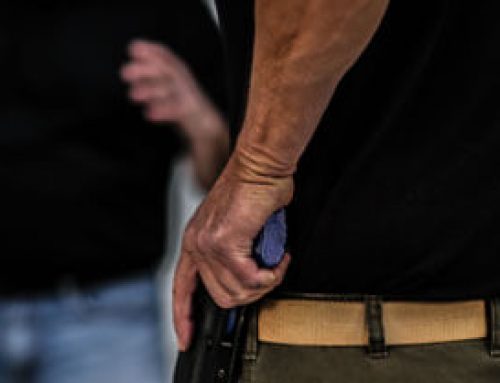Violent physical attacks on individuals who are unaware and unprepared for them, are considered the new normal.
Those who are unaware and unprepared for a violent physical attack are viewed as soft targets by those planning to do the killing. In the past two months there has been a significant increase in such attacks on soft targets globally.
What lessons can we learn from these attacks to better prepare ourselves and our families for the next one?
In the U.S. Defense Intelligence community, physical assaults resulting in death or severe bodily injury are divided into two general categories – those attacks conducted with leadership and those conducted without leadership.
Attacks conducted with leadership are for the most part, highly organized, have many participants (called “actors”) and usually involve long periods of preparation time.
Such attacks involve specialized equipment to include higher tech weapons such as bombs (improvised explosive devices or IEDs) and/ or semi or fully automatic firearms as well as multiple actors coordinating pre-attack activities using cell phones, on-line communications, making physical observations and determinations about their target location (conducting “pre-operational surveillance”) and running dry-run walk-throughs (“probes”) to test local area security measures.
The bad news is that if these attacks are successful, they can be devastating and affect hundreds or even thousands of innocents. The good news is that federal agencies and local law enforcement have dedicated counter-terrorism resources, to include counter-surveillance and Protective Intelligence units, to go after these actors and stop the threat before it happens. Outside the purview of the average citizen, detecting and disrupting attacks with leadership, although usually met with a high rate of success, is an arduous and full time occupation for the professionals.
At the exact opposite end of the spectrum are attacks conducted without leadershipaka “lone wolf” attacks. Although perhaps inspired by a monitored organization, the lone wolf operates per his namesake without any direct supervision.
Usually with no other actors and often with minimal or no funding, the lone wolf is forced to do everything himself – select a location, prepare for the attack, acquire the necessary equipment and materials. Given lack of guidance, funding and experience, the tools of the trade of a lone wolf are usually low tech such as a knife[1] or axe[2] or even a truck[3].
Given the lone wolf’s lack of training and experience, he is considered an amateur and as such is prone to making amateur mistakes such as inadvertently exposing his nefarious activities.
The bad news is that if lone wolf attacks are successful, they can impact a significant number of bystanders. The good news is, although too small a fish that usually slips through the nets of dedicated federal or local agency counter-terrorism efforts, the lone wolf is prone to the watchful eyes of the prepared, aware and outwardly observant – aka hard targets.
Bad guys, especially lone wolves, go after lower hanging fruit. They purposely seek out soft targets and steer clear of hard targets – the likes of which have a very high likelihood of burning them and entirely stopping the threat. Go online and you can find many cases of hard targets foiling attempted terrorism, home invasion or child abduction by the lone wolf.
How can we as hard targets remain aware and prepared to handle these current and emerging global threats?
Step one in personal preparedness is to be willing to accept that fact that your own personal security, and that of those who mean something to you, is your responsibility.
A critical prerequisite for preparation is to make a personal choice – one that you can decide right now while your reading this and that is to accept the fact that bad things happen to good people. I’m not talking about it happening in some far off location or distant future date, I’m talking about right here and right now. People get shot, stabbed and blown up every day – just sticking your head in the sand and saying things like “Oh, that stuff won’t happen to me” or “Somebody else will handle it,” will not solve the problem.
Accepting the fact that bad things happen and that it’s your responsibility to handle it gives you a tremendous advantage over the lone wolf in that you won’t walk into a potential life-and-death situation with your head down and your hands in your pockets.
Step one in personal awareness (aka “situational awareness”) is to remain alert and observe any anomalies that may occur in your immediate environment.
Although we may find ourselves texting or checking emails while stopped at a red light or on a phone call or in a conversation while on foot, every once and a while, pop your head out of the rabbit hole and look around your immediate environment. No paranoia here, just a casual glance around you is all it takes.
What you should see is the normal day-to-day activity of people around you. What you shouldn’t see are those activities which will immediately get your attention. Any unusual behavior or things you wouldn’t expect to see such as out-of-the-ordinary body language, nonverbal signals, a certain behavior that piques your interest, that danger feeling, sixth sense, gut feeling or intuitive hit will tell you that something just isn’t right or seems out of place.
If something doesn’t look right or doesn’t feel right, then it’s probably not right and you need to put down your cell phone and apply your undivided attention to your perceptions as many times these are your earliest warning signs. Take advantage of the opportunity to proactively determine what is out of place and then actually do something about it.
The fact that you’re even reading this makes you a hard target. Take a few minutes during a break now and again, to seek out similar blogs or articles that can give you just that one more piece of useful information you can keep in your back pocket – better to have and not need than to need and not have. Think of this life-saving information as layers of protection insulating yourself and your family from the effects of a violent physical attack.
You can additionally be professionally trained to manage an attack. There are a number of very informative courses on line and in the classroom that can provide you with the methods and information to build or increase your skills and confidence in the avoidance, mitigation and defense against real world active threats.
One such opportunity is a training course presented by the FBI National Citizen’s Academy Alumni Association in Boston, MA on October 22-23, 2016. You don’t need any previous experience or training to attend. To find out more about this training opportunity, especially if you live in the New England area, click here.
Whether or not you choose to acknowledge it, active threats are very real and they’re not going away anytime soon. You owe it to yourself, your family, and your own personal security to remain aware and prepared to live in the new normal.
[1] On August 3, 2016, the 64-year-old wife of an American professor was killed and five others injured in a knife attack in central London’s Russell Square in what police called a “spontaneous” assault.
[2] On July 19, 2016, a teenage Afghan refugee armed with an ax and a knife injured four people on a train in Wuerzburg Germany before being shot dead by police.
[3] On the evening of July 14, 2016, 85 people were killed and 307 injured when a 19 ton cargo truck was deliberately driven into crowds celebrating Bastille Day on the Promenade des Anglais in Nice, France.






